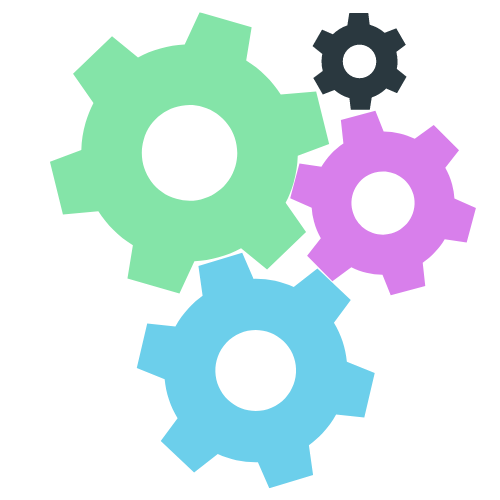Do you ever wonder why students procrastinate? Why is it so hard for them to just get started on their tasks? If these questions resonate with you, then read on to learn about the four systems that can help the students in your life overcome procrastination and get things done without constant nagging.
Because of cognitive flexibility, we all have the ability to shift our mindsets to become more productive. The problem is that when we lack the desire to do a task, it doesn’t matter how much we want that task to be off our minds we still might not complete it. Various distractions—such as friends, family, or entertainment—often derails the connection between desire and work.

So, what can students do to get in gear? Let’s explore the four gears that, when aligned, can help overcome procrastination:
1. Action Items
Action Items, also known as to-do lists, are essential for tracking everything students need to do to reach their goals. Many students rely on online portals to keep track of assignments, but these portals often only indicate due dates without estimating the time required for each task. For example, the portal might say that an essay is due April 9th, and by the time the student sees the task pop up on his to-do list he feels his only choice is to pull an all-nighter. Encourage students to maintain a centralized list of action items, either handwritten or digitally, to stay organized and focused.
2. Timer
The Pomodoro Technique, which involves working for 25 minutes followed by a five-minute break, is an effective way to manage time and maintain focus. During the work interval, students should concentrate solely on the task at hand, jotting down any distracting thoughts for later. When people have to complete an undesirable task, it can get boring quickly resulting in distraction. The Pomodoro Technique is a great way to work with the brain by creating intentional time to be distracted. Working with the brain’s natural tendencies will result in greater efficiency over time.
3. Accountability Buddy
Having an accountability buddy can significantly increase productivity. This person acts as a supportive presence, whether it’s a parent, teacher, coach, or friend. They don’t necessarily need to work on the same task but sharing a workspace can provide motivation and encouragement. Sometimes being in a space like a coffee shop or library can simulate this feeling, provided that the space itself isn’t too distracting.
4. Rewards
Rewards serve as powerful motivators, especially for tasks students find unpleasant. By leveraging the brain’s reward circuit, students can train themselves to associate completing tasks with positive outcomes. Over time, as tasks become more automatic, the need for external rewards diminishes. The most valuable rewards are ones that the student develops themselves. Ultimately they know what will or will not be enticing to them; so, collaborate with them to determine suitable rewards for achieving specific milestones.

When these four systems are integrated, the sincere desire to get things done can operate at full capacity, leading to increased productivity and reduced procrastination. Remember, overcoming procrastination is possible with the right strategies in place. Let’s help students unleash their full potential and achieve academic success. You got this!
